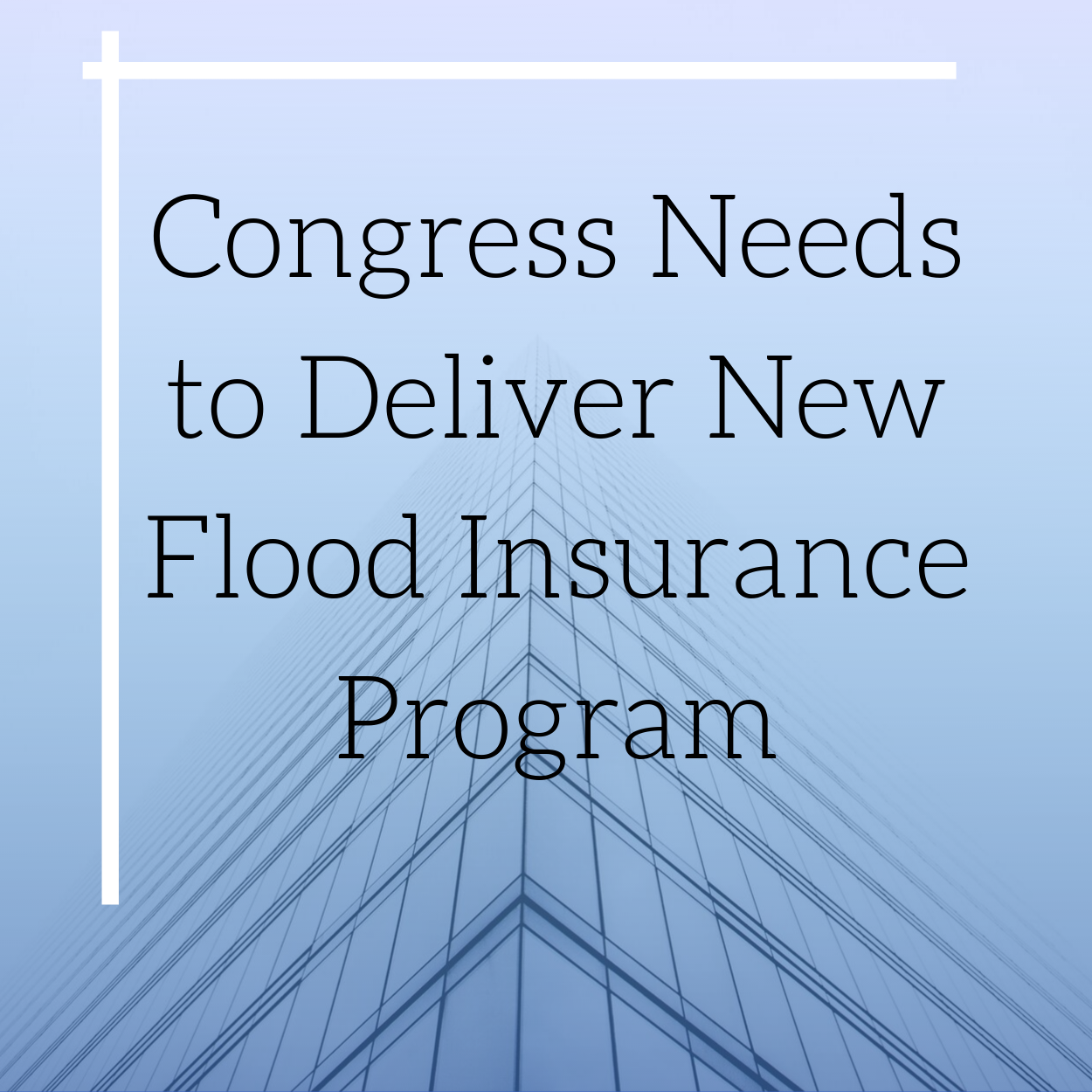03 Oct Congress Needs to Deliver New Flood Insurance Program

855-368-5502
Congress Needs to Deliver New Flood Insurance Program
By: Adam M. Matheny
Rain Can Cause Floods Too
Back in April as Hurricane Irma dumped rain on Florida, the retention ponds located at the corner of State Road 108 and Kirkman Rd. overflowed causing flooding the Orla Vista neighborhood.
This is just one example of how the recent spate of hurricanes, tropical storms and tropical depressions have been hammering hundreds if not thousands of communities throughout the country. These storms have cost the nation billions of dollars in disaster relief efforts after they have passed.
The National Flood Insurance Program (NFIP) was set to expire on the 31st of May 2019 (it was extended again until the 30th of September 2019) is vital to the way in which the country not only prepares for but responds to these disasters. Congress has been sitting on its heels for the past 18 months with regard to actually doing something to reform the NFIP. Yet something must be done by Congress before another disastrous hurricane season wreaks havoc upon the nation.
Flood Insurance is of Vital Importance
In the state of Florida, flood insurance is of vital importance. Both FEMA and the NFIP cover over 1.7 million policyholders. This accounts for 35% of all flood insurance policies issued in the U.S. Unfortunately, the NFIP was never designed to cope with the incredible amount of damage the new breed of storms like Florence, Harvey, Irma, Maria, Michael along with the numerous other devastating storms have inflicted devastation on various areas of the nation in the past few years.
The truth is that Congress can no longer afford to put NFIP reform on the back burner. While this program is the backbone of the strategy used in the U.S. to cope with such massive flooding, it is not currently anything more than a liability for the government and taxpayers, not to mention those suffering catastrophic losses.
Not only does the NFIP provide flood insurance protection for millions of Americans, but it also has a responsibility to produce accurate flood risk maps. Along with this, the NFIP is responsible for creating minimum standards for development in known floodplains and is supposed to be the principal source of information covering flood risks across the nation. Despite these mandates, the NFIP is failing at every juncture to deliver.

Record-breaking Storms Have Cost Billions
According to the Government Accountability Office (GAO), the federal government appropriated approximately $277 billion for disaster relief efforts. It gets worse, in 2017, Congress set aside an additional $120 billion in funding, along with this, FEMA’s Disaster Relief Fund added more money to the pot to assist with 3 major hurricanes and numerous wildfires that occurred in the western part of the country. As for the cost of disasters in 2018 and 2019 are still to be determined while congress vacillates on how much money should be allocated to disaster relief.
As climate change continues as storms become more frequent significantly more damaging, these costs are only going to continue skyrocketing. This is obvious when you look at how far in debt the NFIP is. The program has borrowed over $40 billion from American taxpayers so far. You would think the number and strength of these storms would spur Congress to get off their duffs and do something, yet they continue to dawdle having passed 10 short-term extensions in the past two years (Sept 2017 – Sept 20019) rather than do something about reforming the NFIP.
There can be no doubt that reforms must happen. The flood maps used to make local development decisions are massively out of date (40 years in some areas). Even in areas where it has been updated, the information doesn’t take into account the stronger storms we are experiencing or the rising sea levels., often leaving them in the dark with regard to where future flooding could occur.
Worse yet, the NFIP is focused on helping these areas rebuild rather than helping them to relocate to areas on higher ground. All this achieves is throwing more good money after bad and leaving those affected feeling as if they are trapped by the same program that is supposed to help them to move to safer locations.
How We Should Be Investing
Rather than handing out money hand over fist to rebuild, this money would be much better spent finding ways to mitigate the damage caused by severe storms. The National Institute of Building Sciences (NIBS) says that for every $1 that could be spent on mitigation $6 could be saved in post-storm relief. In areas like the Midwest that saw unprecedented flooding this year the savings are higher at $7: $1 by purchasing flood-prone structures and moving people to safer locations rather than continuing to invest countless billions on rebuilding over and over again.
If the government looked at reforming the NFIP with it set to expire, it could help millions of Americans reduce the risks of flood damage. It could also provide Americans with better access to information from previous floods and the potential flood that could occur in the future.
Sadly, Congress continues to vacillate rather than do something realistic about reforming the NIFP. Thus, we are stuck with a program that continues to bleed $billions in an endless cycle of storm damage and flooding and rebuilding. The current program continues to leave millions of families and businesses completely unaware of their flood risks and offers few options to help them relocate to safer ground.
